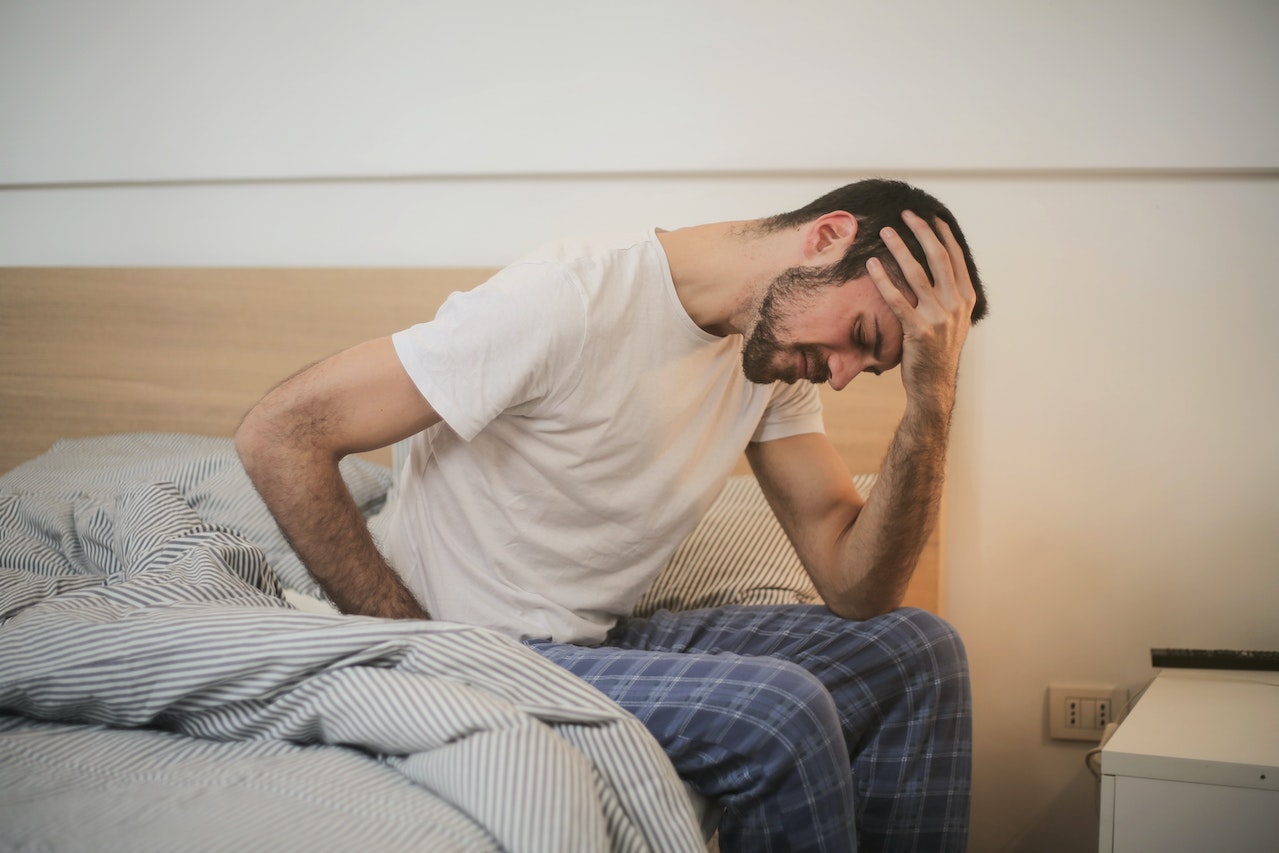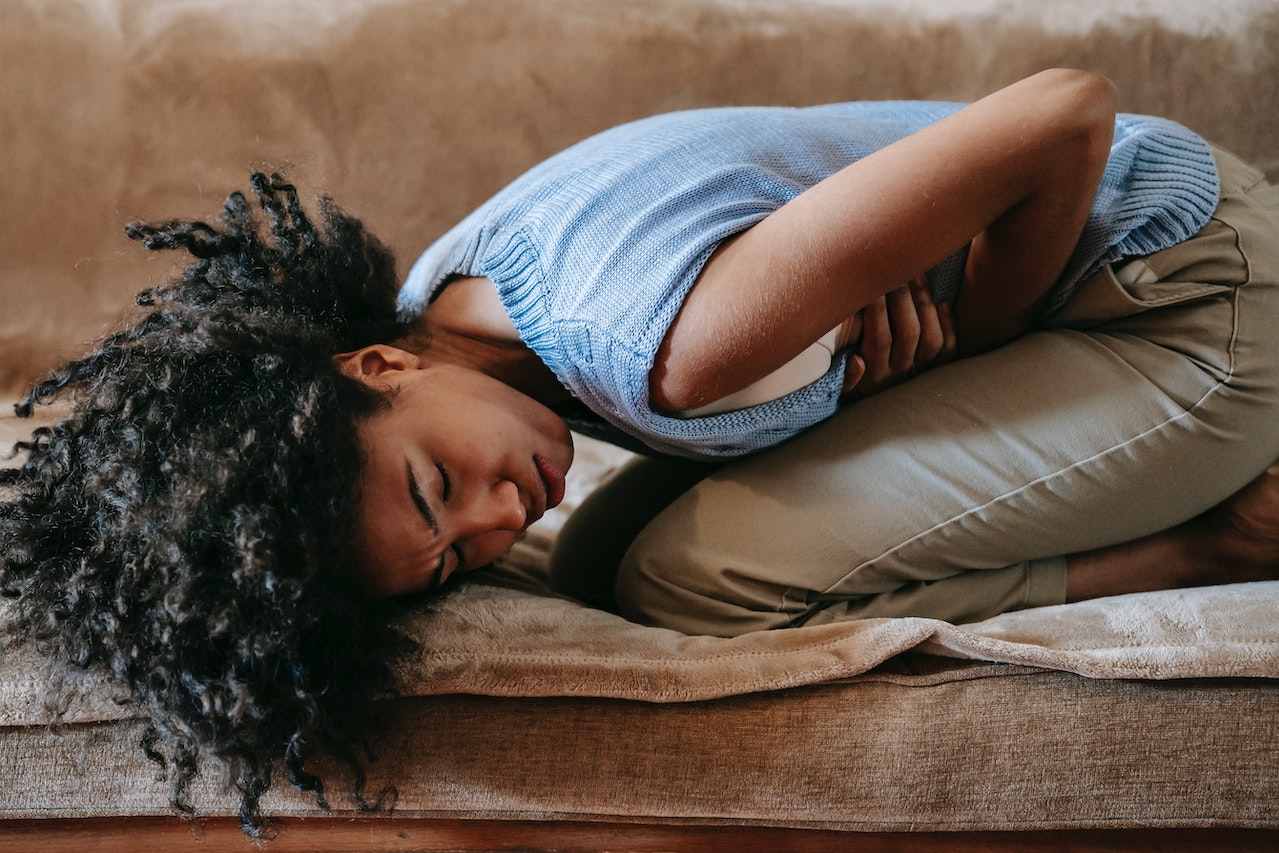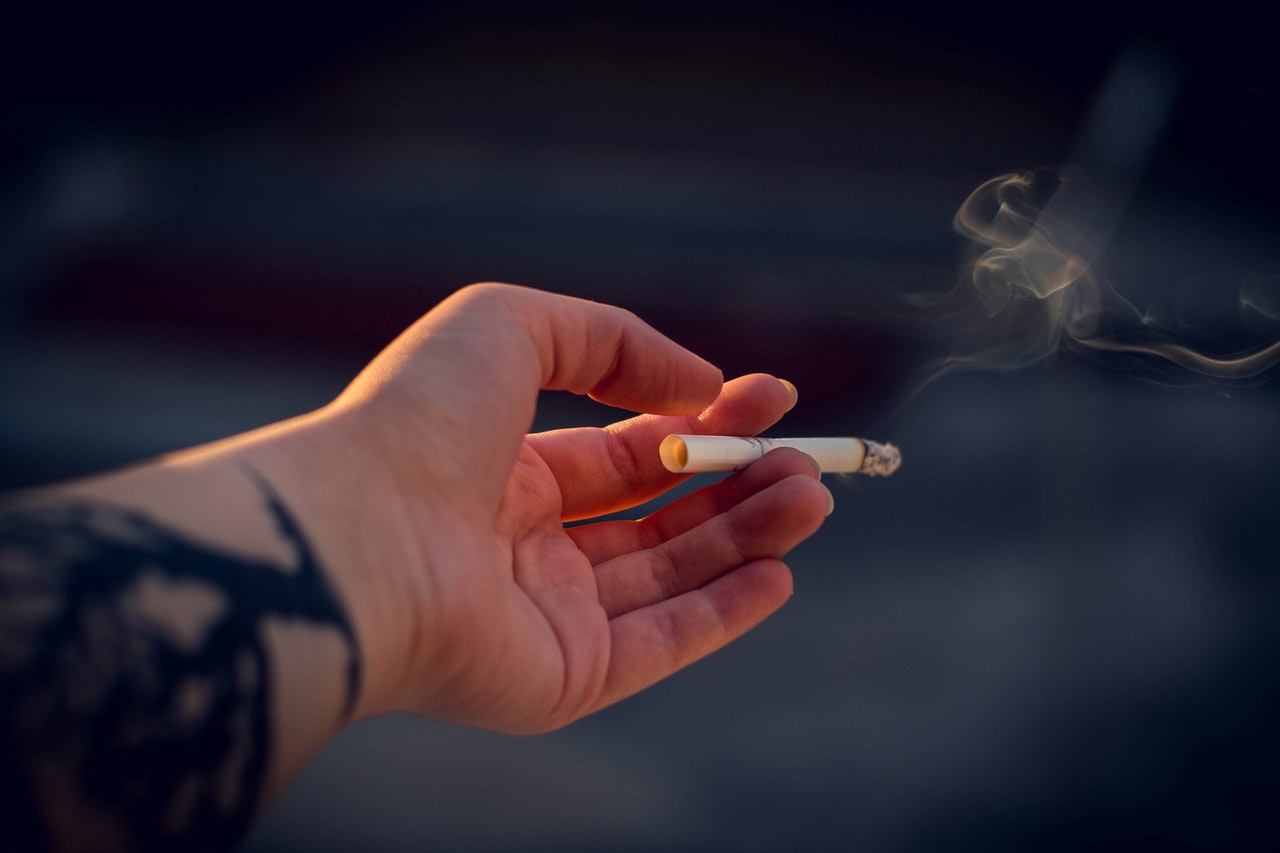6 Simple Strategies to Provide Relief for Lower Back Pain
Many therapy methods for low back pain may be adjusted to each patient’s specific needs. Treatments include home care, medical cures, alternative care, and even surgery.
Depending on the patient’s diagnosis, some therapies may be more effective than others. Many people discover that a mix of therapy works best for them.
1. Changes in Activity
One form of rest is staying active while avoiding activities and postures that aggravate the discomfort. For example, if lengthy periods of sitting in a car or at a desk aggravate the pain, set a timer every 20 minutes to get up and move about or gently stretch. If standing causes pain, avoid doing tasks that involve standing, such as washing dishes at the sink. Avoiding or reducing activities and positions that aggravate the pain will help avoid or decrease unpleasant back spasms and provide a more conducive healing environment.
2. Heat/Ice Therapy
Heat and cold therapy have a proven place in pain relief, especially in the treatment of arthritis. They should be applied for 15 minutes a few times a day. The heat should be applied to the painful area, and the cold should be applied to the surrounding area, never directly to the painful area. Heat can be applied in the form of a heating pad or with a gel pack (for example, a Thermacare patch) that is heated in a microwave. Ice may be applied in the form of a bag of frozen peas wrapped in a towel.
3. Relaxation Techniques
Relaxation techniques such as yoga, acupuncture, and biofeedback are effective ways to reduce stiffness and increase movement.
4. Massage
Massage can be extremely therapeutic for individuals who suffer from chronic tightness and pain. Massage helps with inflammation and muscle fatigue, but is recommended only after a patient’s pain has subsided, and mobility is regained.
5. Medications
Pain medications are commonly prescribed for patients receiving treatment for low back pain. The most common types of pain medications include over-the-counter (OTC) pain relievers, like acetaminophen, and analgesics, such as nonsteroidal anti-inflammatory drugs (NSAIDs). OTC medications can include ibuprofen and aspirin.
When a patient is experiencing pain from back spasms, a heat therapy product (for example, Tynor Heat) may be effective in relaxing tight muscles that are causing the pain. The heat therapy treatment can help relieve pain and relax tight muscles, making it easier to return to physical activity.
6. Exercise
Exercise is an important component of a treatment plan for low back pain. Exercise with stretching can be an effective way to strengthen muscles, increase flexibility, and improve movement. A physical therapist can help design a specific exercise program that is tailored to the individual’s needs.
Conclusion
Low back pain is a common condition that affects millions of people every year. Treatment for low back pain should be found at a doctor’s office or clinic, and include a combination of home remedies, treatments by a doctor or therapist, and medications. To reduce or decrease back pain, the individual should focus on reducing pain and increasing mobility.
Remember that when it comes to the spine and the back, you should never take the back for granted. Proper care of the back, at any age and at any stage of life, should be a priority and make all the difference between a healthy back and a life of pain.
Rhythmic Health’s mission is to help people with their health challenges and guide them into living a fulfilling life. With our guidance, we’ll help you find a healthy rhythm that will empower you to live better. Check out our topics and articles on back pain today!









